Pro Tips for Faster Shoulder Gains
If you're looking to build those coveted broad, round shoulders, side lateral raises—often just called side laterals—should be a staple in your workout routine. They may look simple, but when done correctly, they are one of the most effective exercises to target the medial (middle) deltoids, which give the shoulders that wide and capped appearance.
In this detailed guide, we’ll cover everything you need to know about side laterals, including form, benefits, variations, mistakes to avoid, and tips for faster results.
What Are Side Laterals?
Side laterals are an isolation exercise that primarily targets the lateral head of the deltoid muscle. This move involves lifting your arms out to the sides with a slight bend in the elbows, typically using dumbbells, cables, or resistance bands.
It’s a go-to shoulder movement for:
- Bodybuilders
- Athletes
- Fitness enthusiasts
- Anyone aiming for aesthetic or functional shoulder strength

Muscles Worked
While the main target is the lateral deltoid, side laterals also engage:
- Anterior deltoid (front delts)
- Posterior deltoid (rear delts) to a lesser extent
- Trapezius muscles for stability
- Supraspinatus (part of the rotator cuff)
Why Side Laterals Matter?
Here’s why you should definitely include this move in your shoulder day:
Build Wider Shoulders
Side laterals target the lateral deltoids, which are responsible for shoulder width. If you want that V-tapered physique, this is the move to master.
Improved Shoulder Definition
Consistent lateral raises add that 3D pop to your delts, making them more defined and aesthetically pleasing.
Enhance Shoulder Strength & Stability
Although it's more of a shaping movement, side laterals contribute to shoulder endurance and coordination, especially important for athletes.
Better Posture
Strong deltoids help keep the shoulders pulled back and chest up, improving posture and reducing risk of injury.

How to Perform Side Laterals (Dumbbell Version)
Starting Position:
- Stand tall with feet shoulder-width apart.
- Hold a dumbbell in each hand, palms facing inward (neutral grip).
- Let your arms hang naturally by your sides with a slight bend in the elbows.
Execution:
- Lift both arms out to the sides until they reach shoulder height.
- Keep a slight bend in the elbows; don’t straighten your arms.
- Pause at the top, then slowly lower the weights back to the starting position.
- Control the movement throughout—no swinging or jerking.
Breathing:
- Exhale as you lift.
- Inhale as you lower the weights.
Pro Tips for Better Results
Go light, feel the burn: It's better to use lighter dumbbells with perfect form than heavy ones that force you to cheat.
Keep tension on the delts: Don’t let the arms rest at the bottom—this maintains constant tension.
Use slow and controlled motion: A 2–1–2 tempo (2 seconds up, 1 pause, 2 seconds down) works great.
Don’t shrug: This recruits the traps. Keep shoulders down and relaxed to target the delts.
Common Mistakes to Avoid
Using Momentum
Swinging the body or jerking the weights takes tension off the delts. Focus on controlled reps.
Going Too Heavy
Side laterals are not a power lift. If you're not feeling it in your delts, you're likely lifting too much.
Over-shrugging
This engages your traps more than delts. Keep shoulders down and relaxed throughout the movement.
Straight Arms
Locking out your elbows puts unnecessary strain on your joints. Maintain a soft bend.
Raising Too High
Going beyond shoulder height can stress the rotator cuff. Stop at shoulder level.
Best Variations of Side Laterals
Switching things up can help avoid plateaus and keep the movement challenging. Try these effective variations:
Cable Lateral Raises
- Provides constant tension throughout the range of motion.
- Great for hypertrophy and muscle mind-connection.
Seated Side Laterals
- Minimizes momentum and forces strict form.
- Perfect for isolating the delts.
Incline Side Laterals
- Performed on an incline bench facing down.
- Hits the delts from a different angle.
Resistance Band Lateral Raises
- Travel-friendly option.
- Good for warm-ups or high-rep burnout sets.

When and How Often to Do Them
You can include side lateral raises in your shoulder or upper body day. Here’s a sample guide:
|
Training Goal |
Sets |
Reps |
Rest |
|
Muscle Building |
3-4 |
10-15 |
30-60s |
|
Muscle Endurance |
3-5 |
15-20 |
20-30s |
|
Strength Maintenance |
3 |
8-12 |
60-90s |
Nutrition Tip for Shoulder Gains
Don’t forget—muscles grow in the kitchen too. For building strong shoulders:
- Get enough protein: Aim for 1.6–2.2g/kg of body weight.
- Stay hydrated: Dehydration can affect shoulder mobility.
- Carbs fuel your workouts: Eat enough to power through high-rep sets.
The Secret to Sculpted, Boulder Shoulders
Side laterals may look like a basic move, but they pack a punch when it comes to sculpting your shoulders. Whether you're chasing the aesthetics of boulder shoulders or aiming to improve strength and posture, side laterals belong in your workout arsenal.
Just remember—form is everything. Slow it down, keep the tension on your delts, and stay consistent. In a few weeks, you’ll start seeing those round caps forming and your T-shirts fitting a little snugger in the best way possible.
Frequently Asked Questions
Q1: Can beginners do side laterals?
Yes! Just start with light weights (2–5 lbs) and focus on form.
Q2: Are side laterals enough for shoulder development?
They’re essential, but not enough alone. Combine with presses and rear delt work.
Q3: Can I do them every day?
No. Your muscles need rest to grow. 1–2 times per week is sufficient.
Q4: Dumbbells vs cables—what’s better?
Both are effective. Dumbbells are easy and accessible, cables provide more tension and control.




















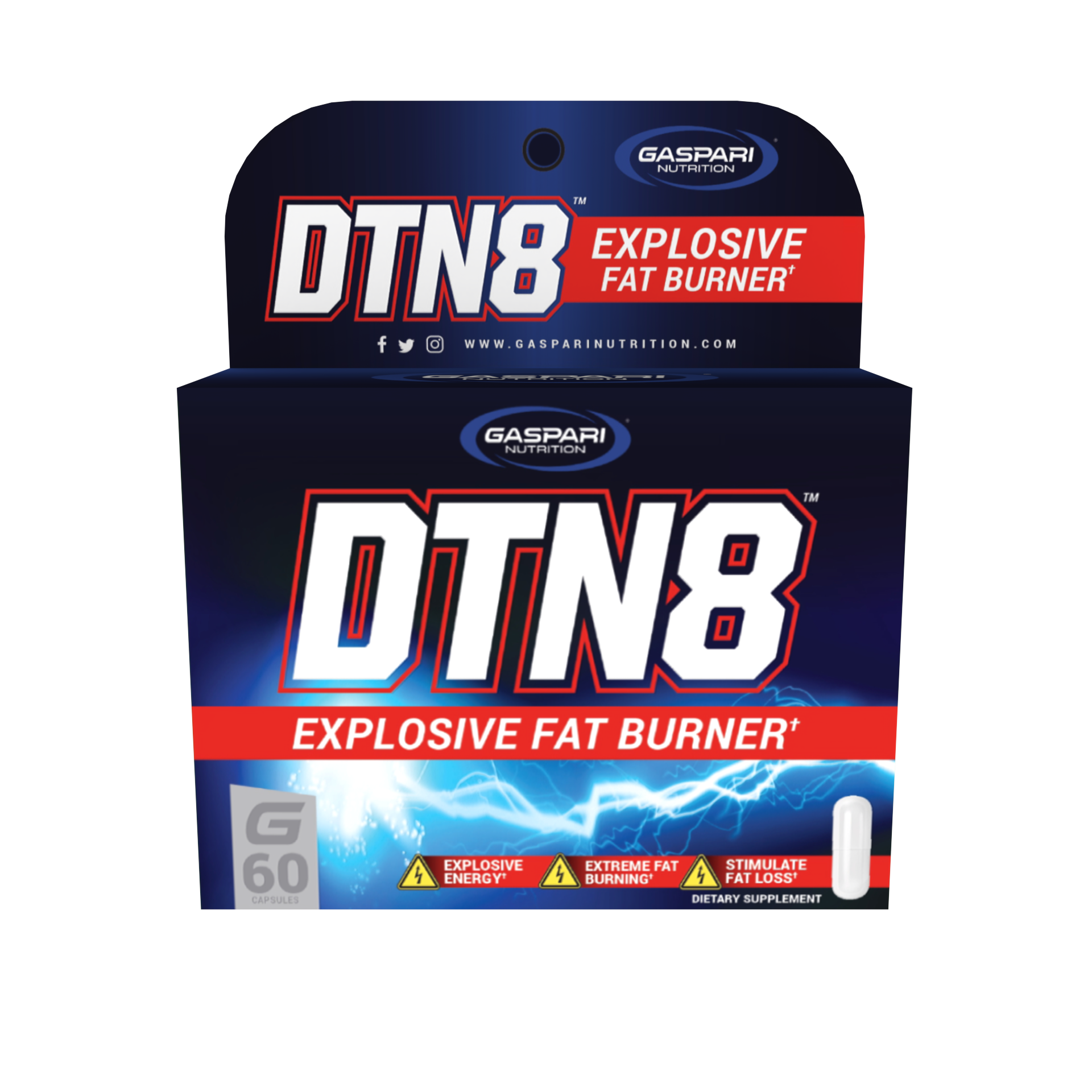
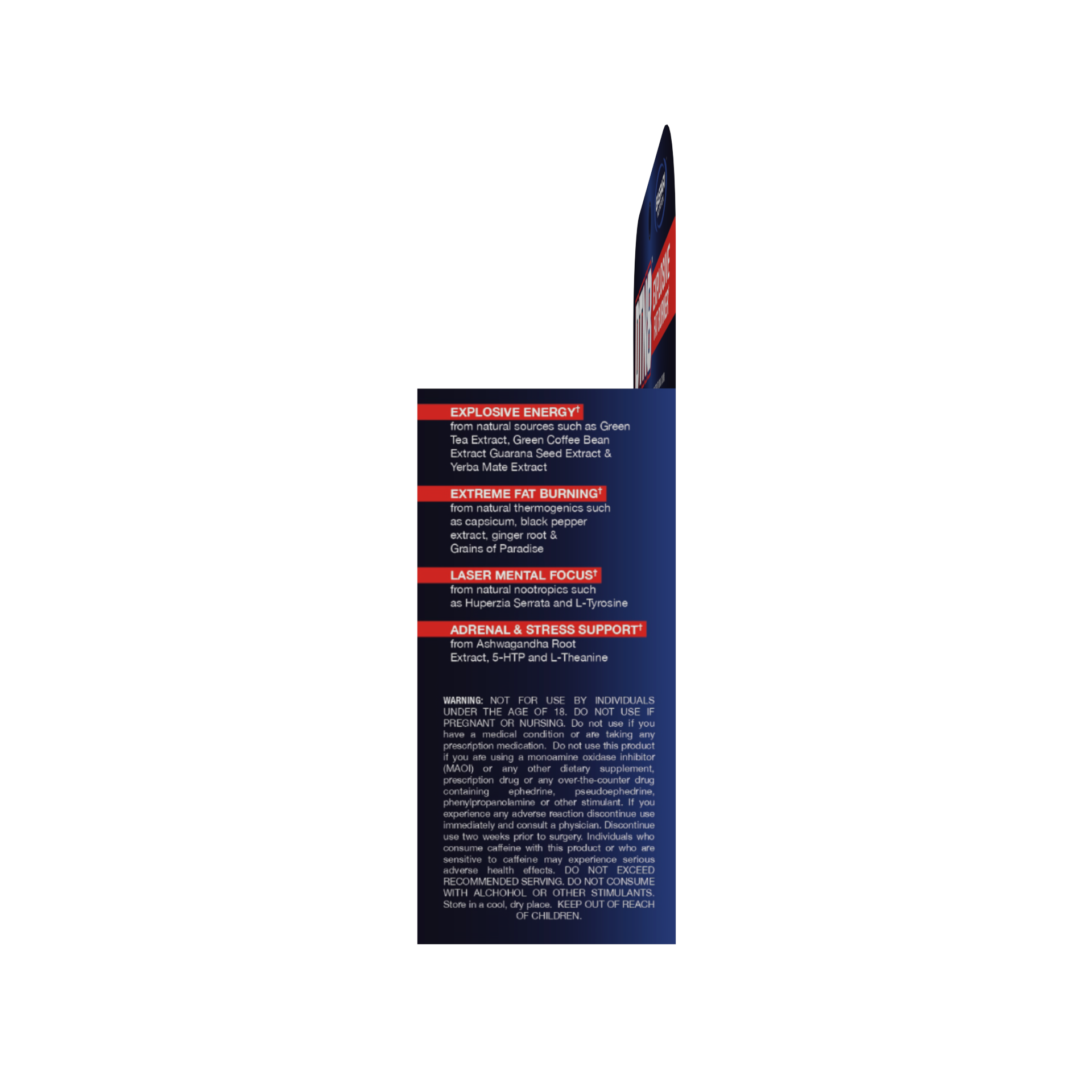
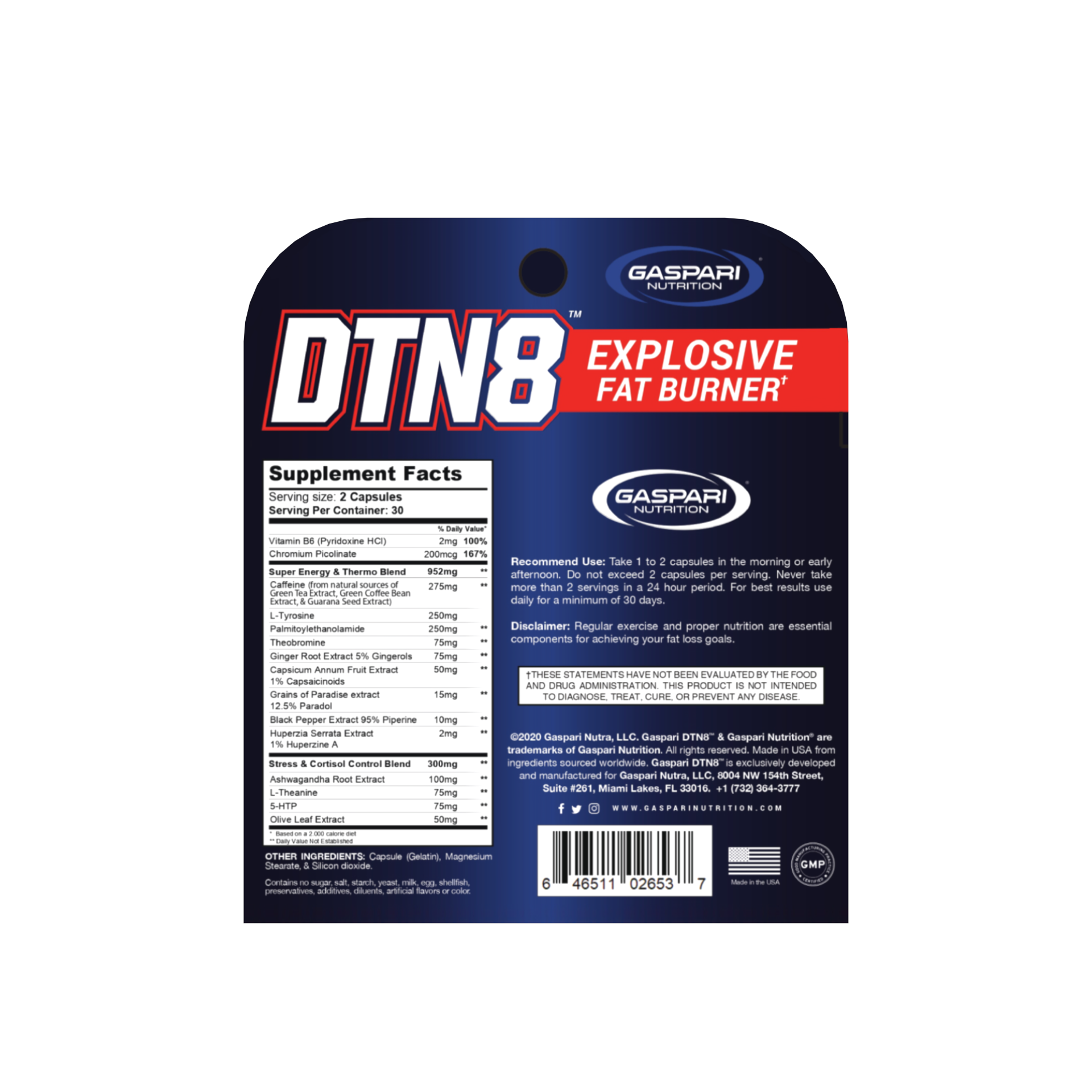
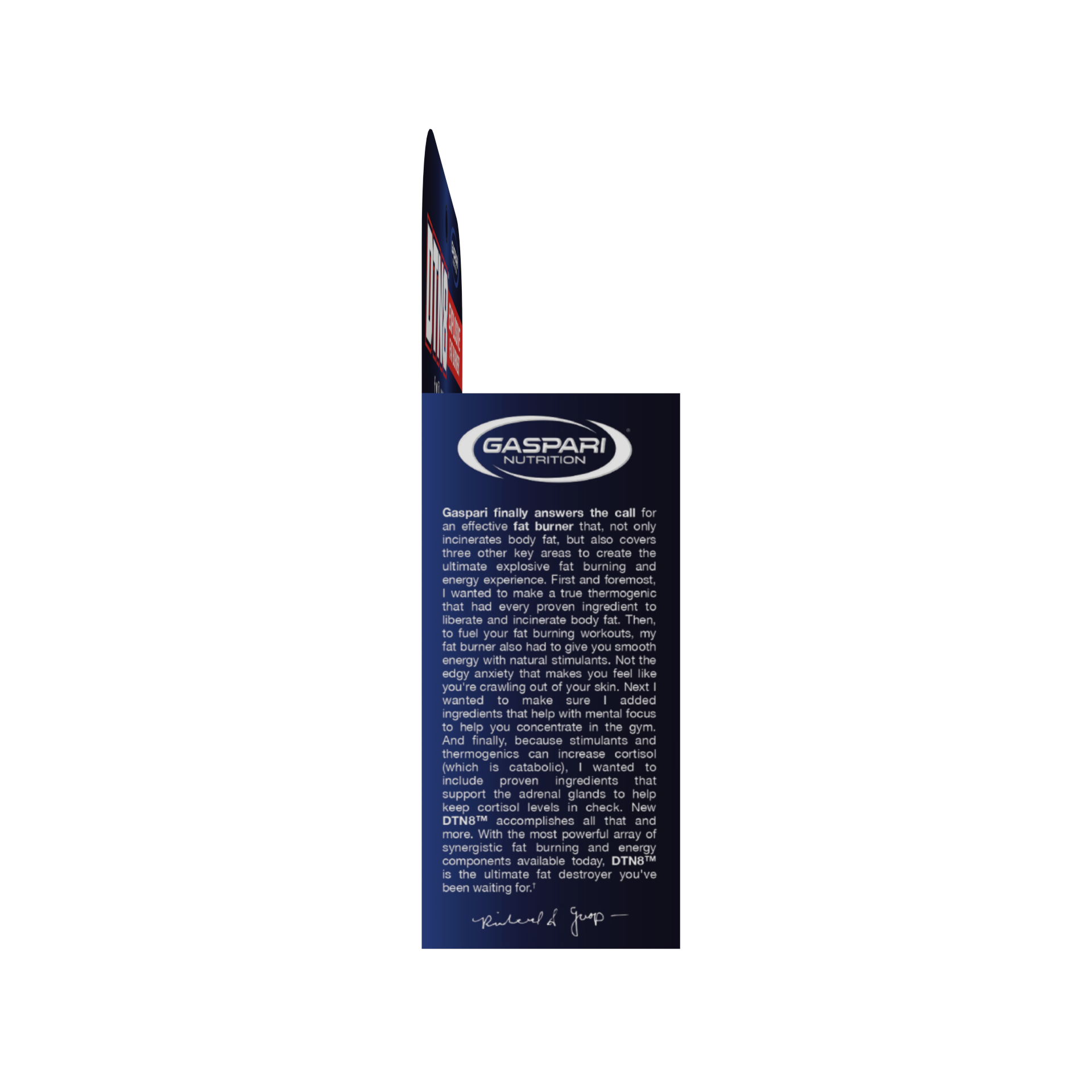


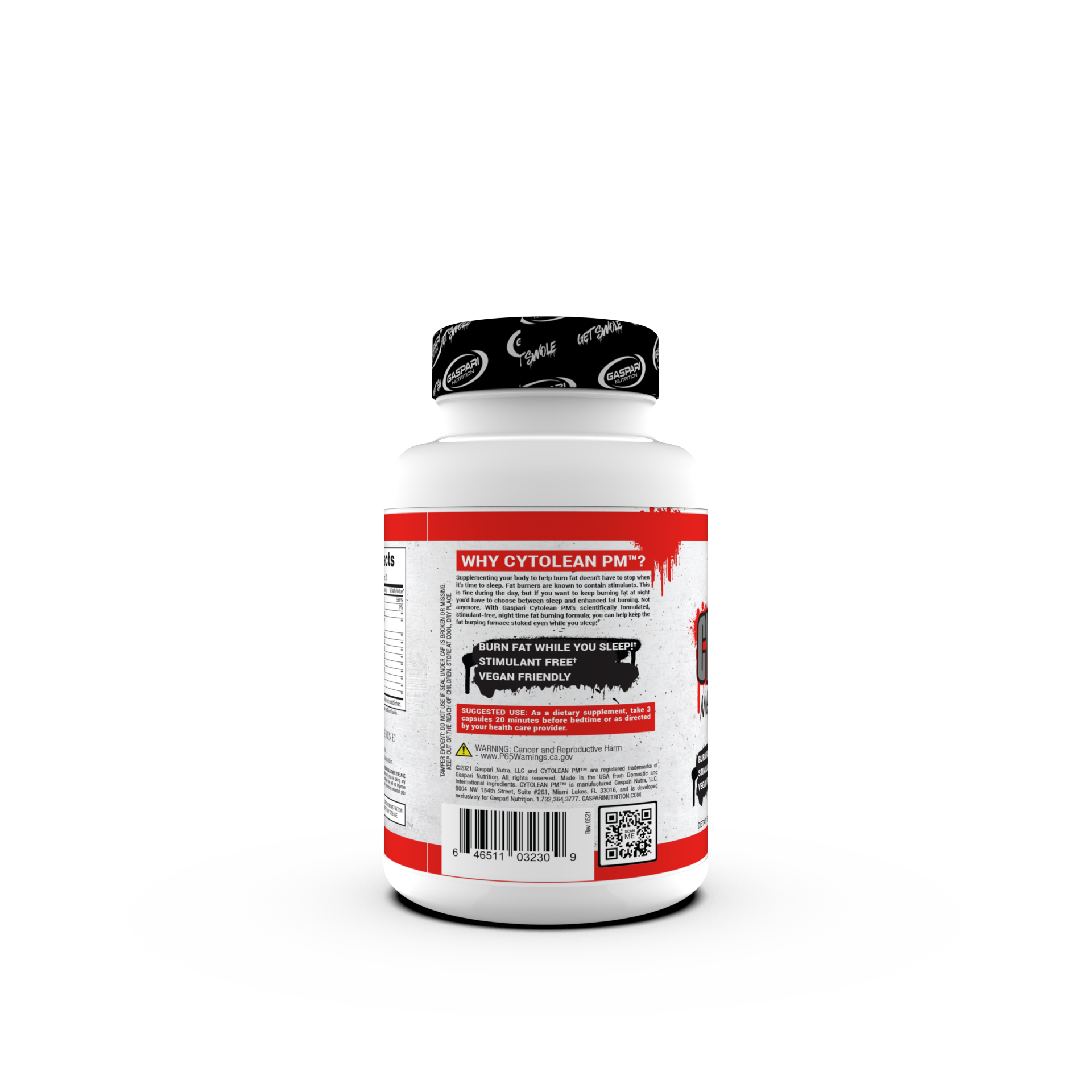



























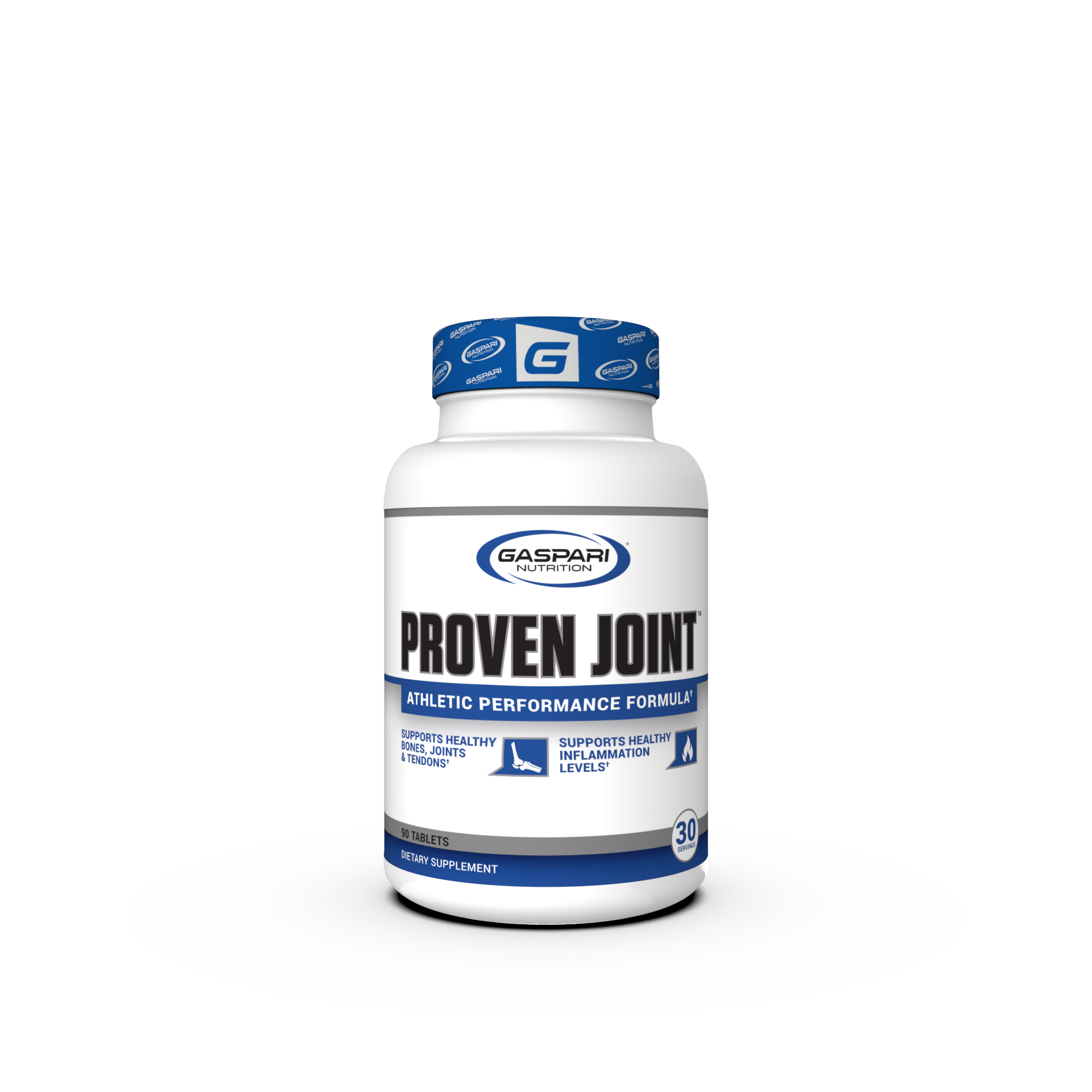

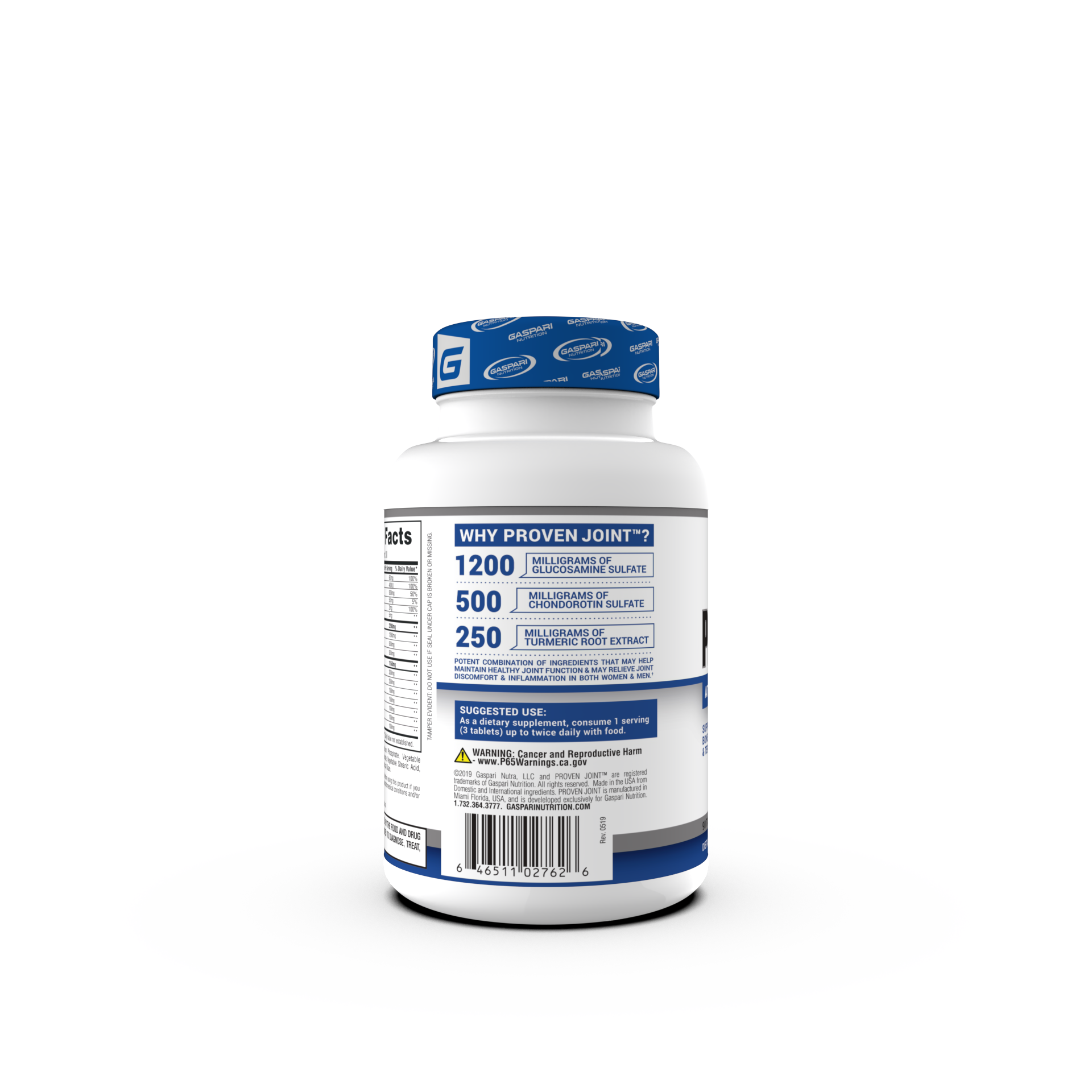
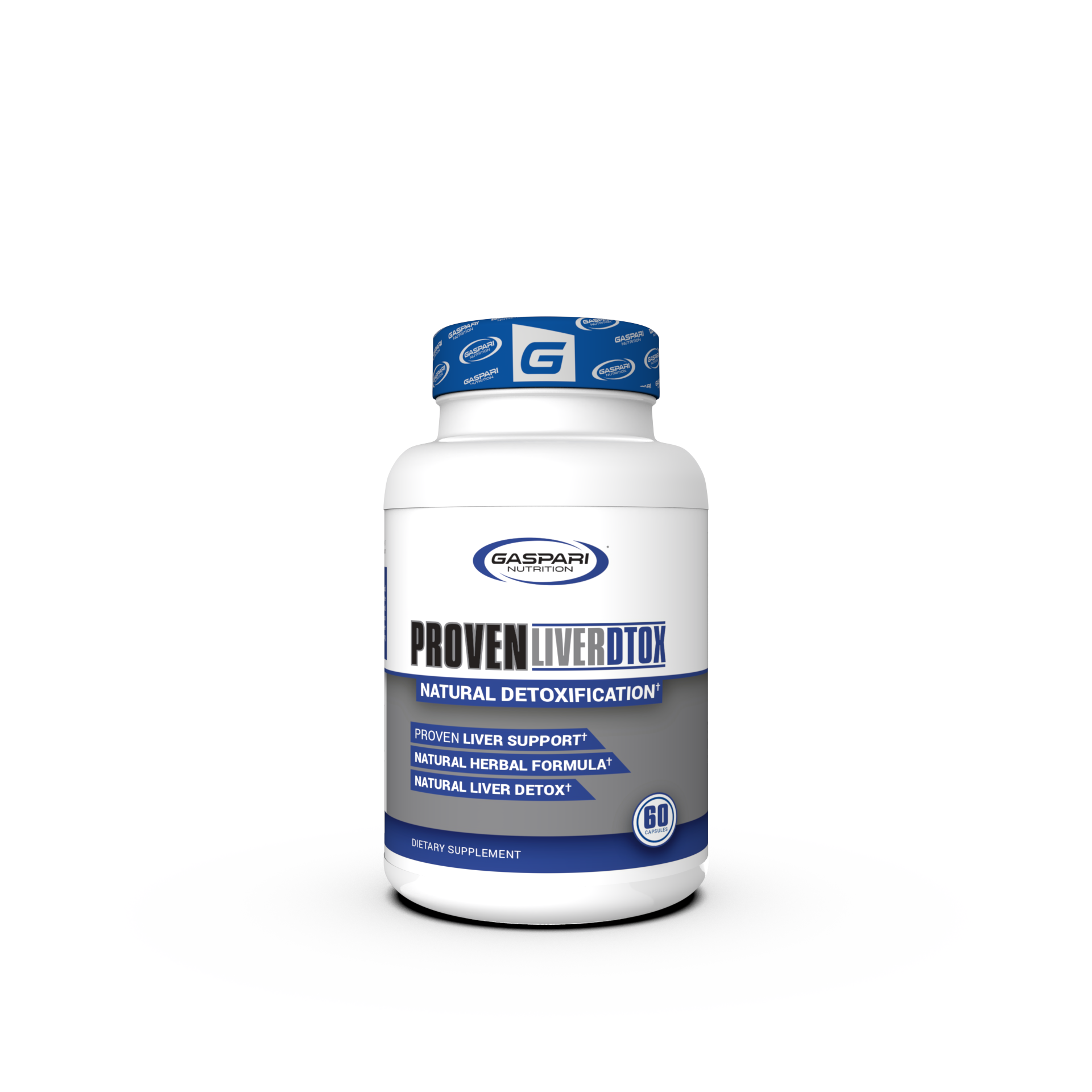

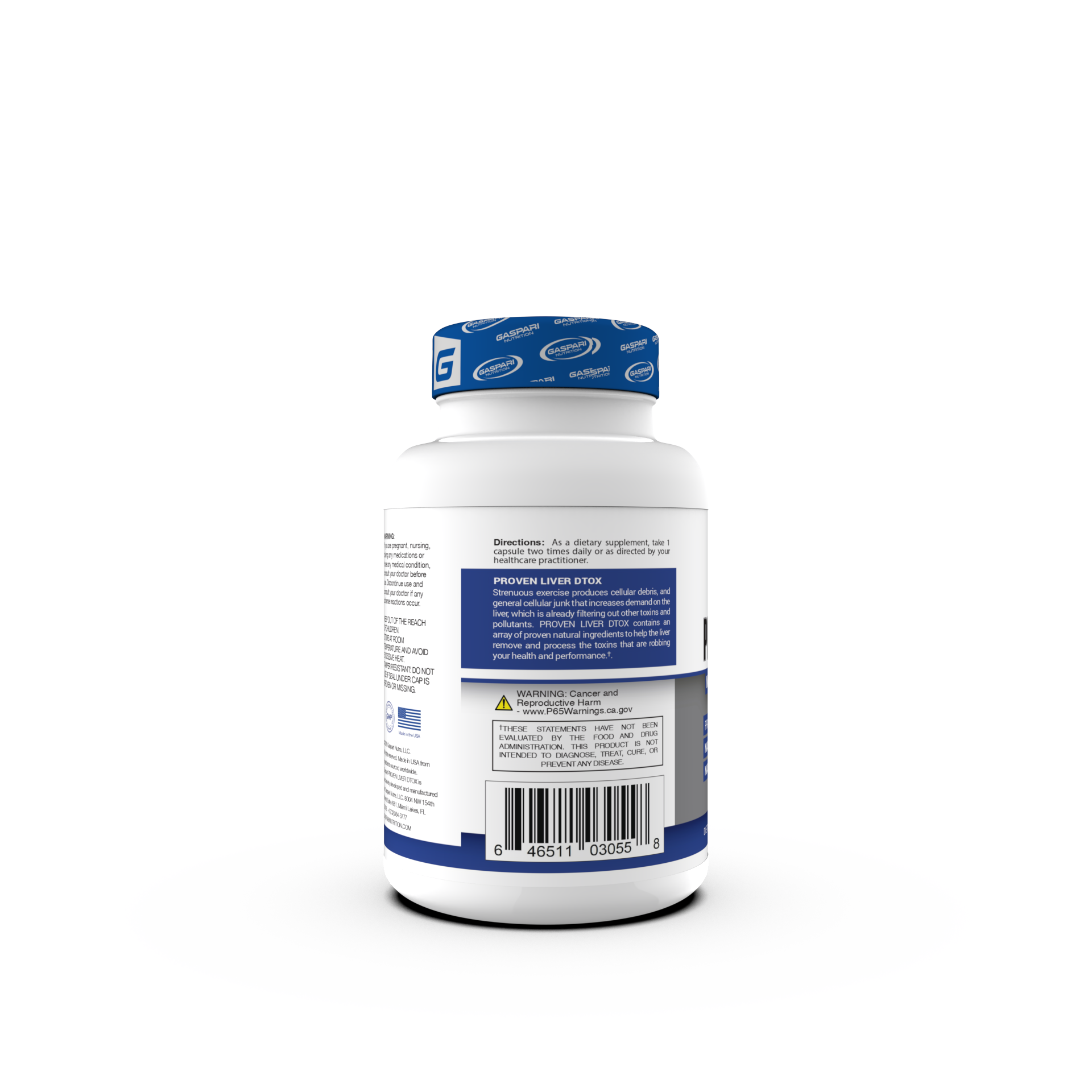


Share:
Forgotten Pullover Exercise
Spider Curls: The Secret Weapon for Bigger, Better Biceps